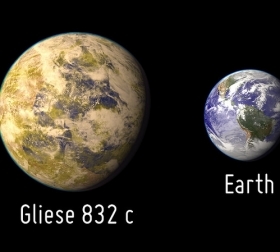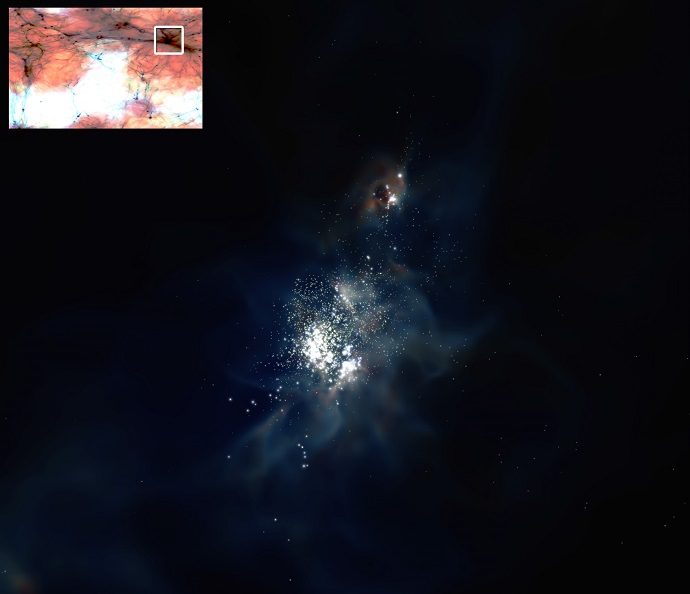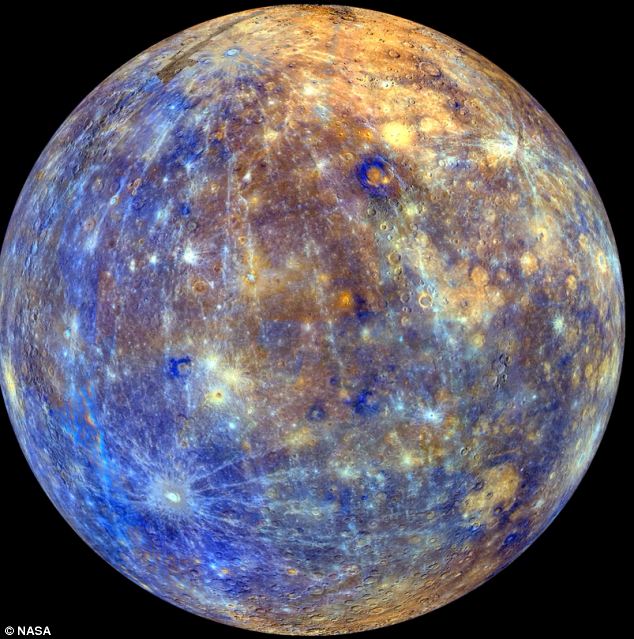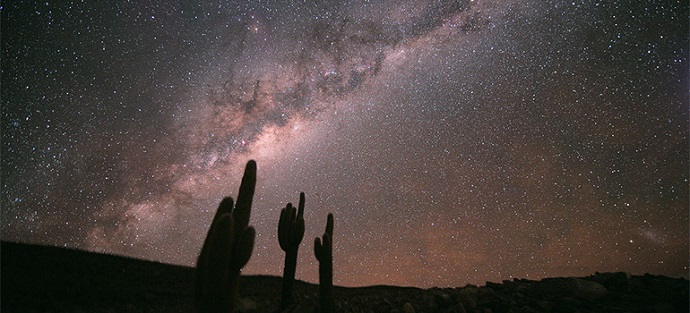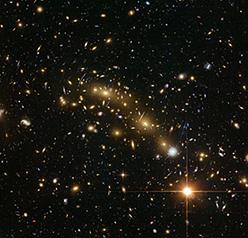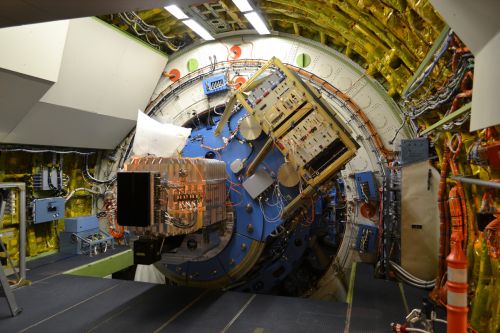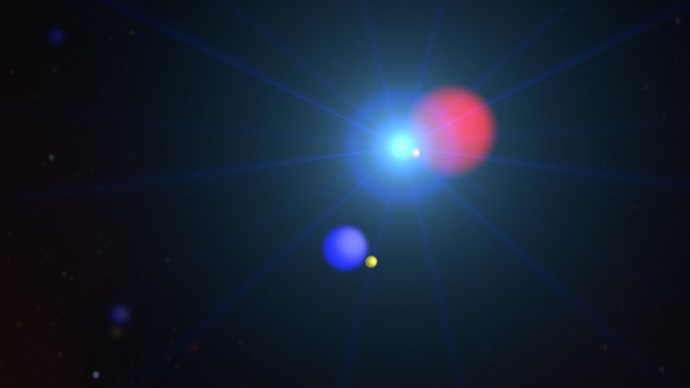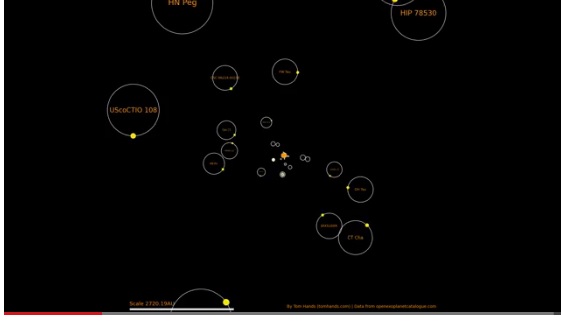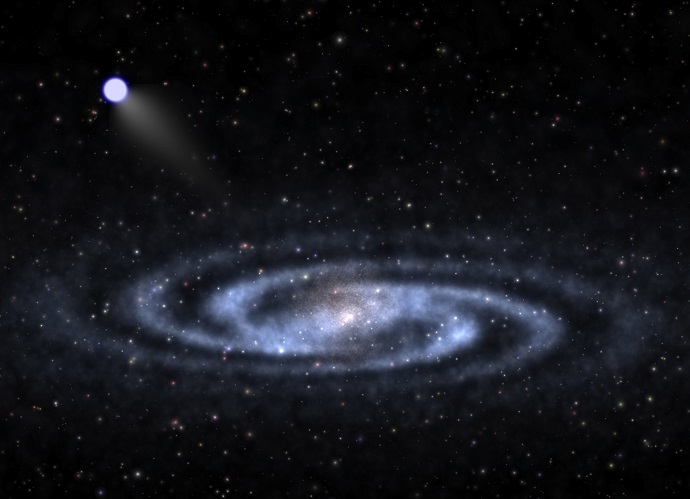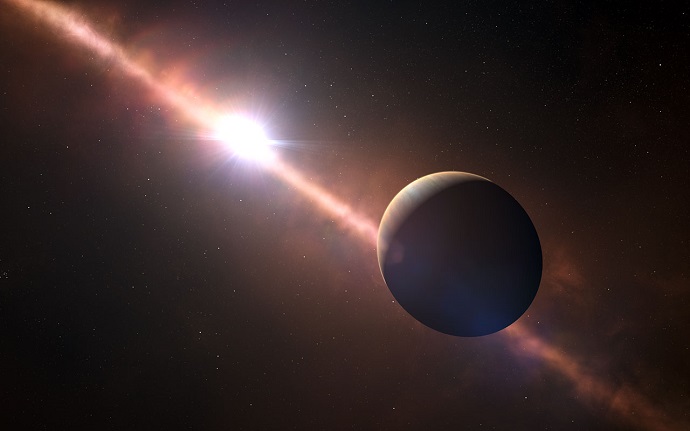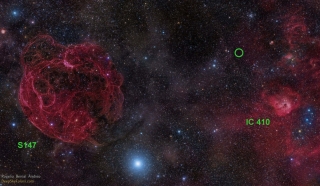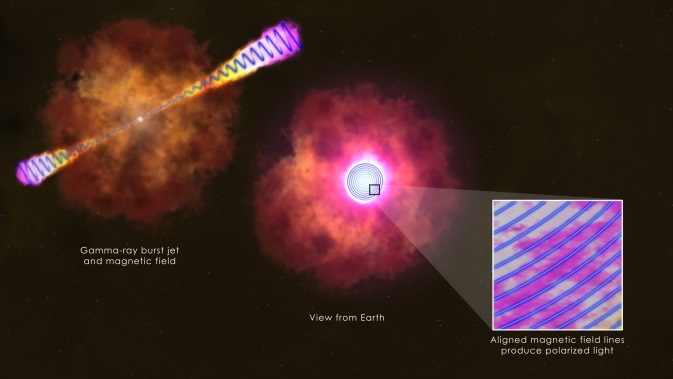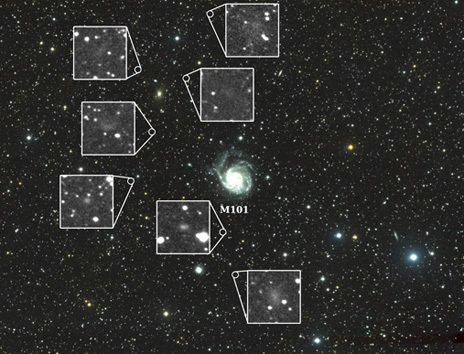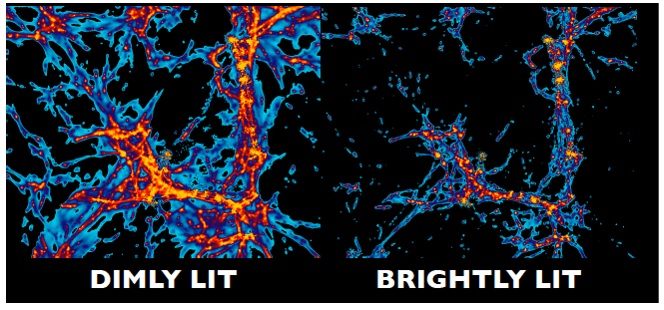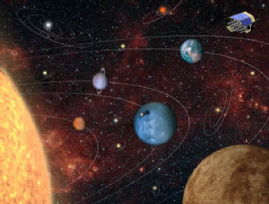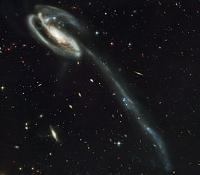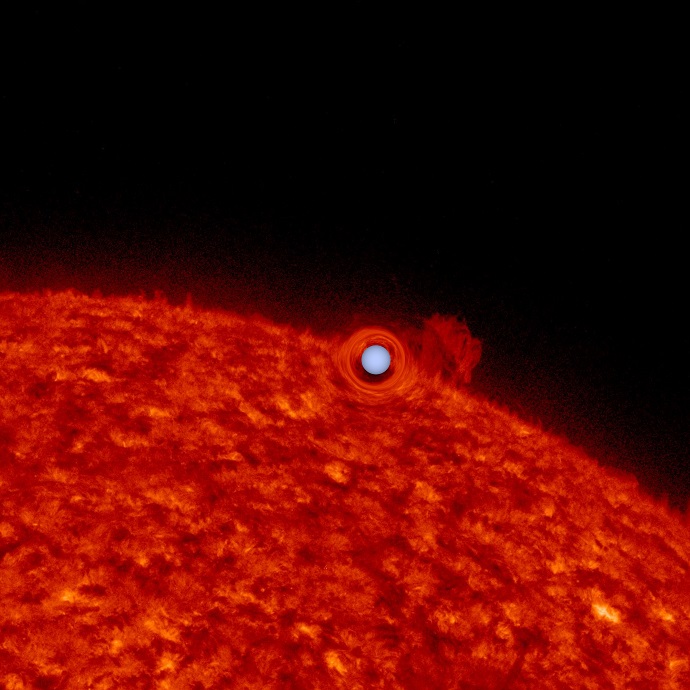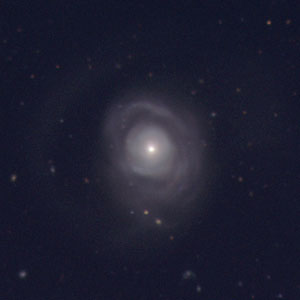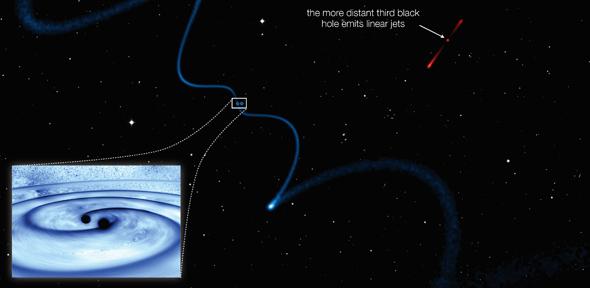
Nearby Earth-like planet found
The super-Earth planet, GJ 832 c, takes 16 days to orbit its red-dwarf star, GJ 832, and has a mass at least five times…
Read >>Small, but plentiful: how the faintest galaxies illuminated the early universe
Light from tiny galaxies over 13 billion years ago played a larger role than previously thought in creating the conditio…
Read >>Mercury's magnetic field tells scientists how its interior is different from Earth's
Earth and Mercury are both rocky planets with iron cores, but Mercury's interior differs from Earth's in a way that expl…
Read >>Astronomers measure weight of galaxies, expansion of universe
Astronomers at the University of British Columbia have collaborated with international researchers to calculate the prec…
Read >>Record precision achieved in mass map of galaxy cluster
An international team of astronomers, has used the Hubble Space Telescope to map the mass within a galaxy cluster, origi…
Read >>Star Formation Region in the Orion Nebular investigated
The Stuttgart instrument delivers first scientific data
On its first scientific mission the far-infrared spectrometer FIFI-LS developed by a team led by the University of Stutt…
Read >>The source of the sky's X-ray glow
In findings that help astrophysicists understand our corner of the galaxy, an international research team has shown that…
Read >>Time flies in new exoplanet video exploring beyond the boundaries of our solar system
PhD student Tom Hands from the University of Leicester produces video to demonstrate vast range of time-scales on which exoplanets orbit host stars
PhD student Tom Hands from the University of Leicester produces video to demonstrate vast range of time-scales on which…
Read >>Nearest Bright ‘Hypervelocity Star’ Found
Speeding at 1 Million mph, It Probes Black Hole and Dark Matter
A University of Utah-led team discovered a hypervelocity star that is the closest, second-brightest and among the larges…
Read >>First measurement of a day on alien planet
The European Southern Observatory has announced a world-first measuring a day on exoplanet Beta Pictoris b to be eight h…
Read >>Radio-burst discovery deepens astrophysics mystery
Brief pulse detected by Arecibo telescope appears to come from far beyond our galaxy
The discovery of a split-second burst of radio waves by scientists using the Arecibo radio telescope in Puerto Rico prov…
Read >>SHOCKWAVE FINDINGS SET TO REWRITE SCIENTIFIC THEORIES
Study of Gamma-Ray Bursts afterglow surprises scientists
Research from an international team of scientists led by the University of Leicester has discovered for the first time t…
Read >>Hi-ho! Astronomers discover seven dwarf galaxies
Yale University astronomers, using a new type of telescope made by stitching together telephoto lenses, recently discove…
Read >>CU-Boulder instrument onboard Hubble reveals the universe is ‘missing’ light
Something is amiss in the universe. There appears to be an enormous deficit of ultraviolet light in the cosmic budget. O…
Read >>Astronomers closer to proving existence of gravitational waves
Researchers from University of Warwick and Monash University have provided new evidence that may prove the existence of…
Read >>Nearby satellite galaxies challenge standard model of galaxy formation
Satellite dwarf galaxies at the edges of the Milky Way and neighbouring Andromeda galaxies don’t fit the accepted model…
Read >>Solar photons drive water off the moon
Research provides measurements for scientists searching for water in solar system
New research at the Georgia Institute of Technology indicates that ultraviolet photons emitted by the sun likely cause H…
Read >>'Upside-down planet' reveals new method for studying binary star systems
What looked at first like a sort of upside-down planet has instead revealed a new method for studying binary star system…
Read >>Fast-flowing gas curtails galaxy’s glow
The bright core of a spiral galaxy has unexpectedly dimmed, according to a new study by an international team of astronomers.
Published in Science today, the study provides the first direct evidence for the long-predicted shielding process that i…
Read >>Black hole trio holds promise for gravity wave hunt
The discovery of three closely orbiting supermassive black holes in a galaxy more than four billion light years away cou…
Read >>
There are 378 articles in Astronomy & Space
Astronomy & Space Archive
